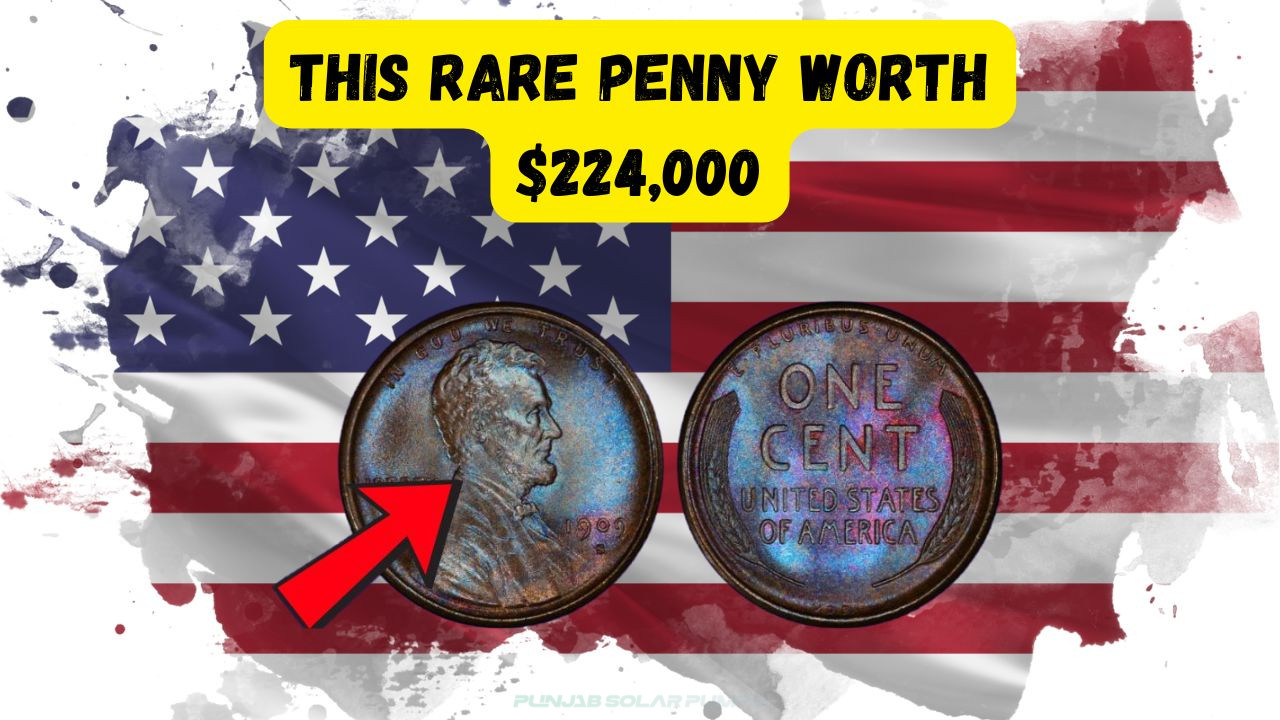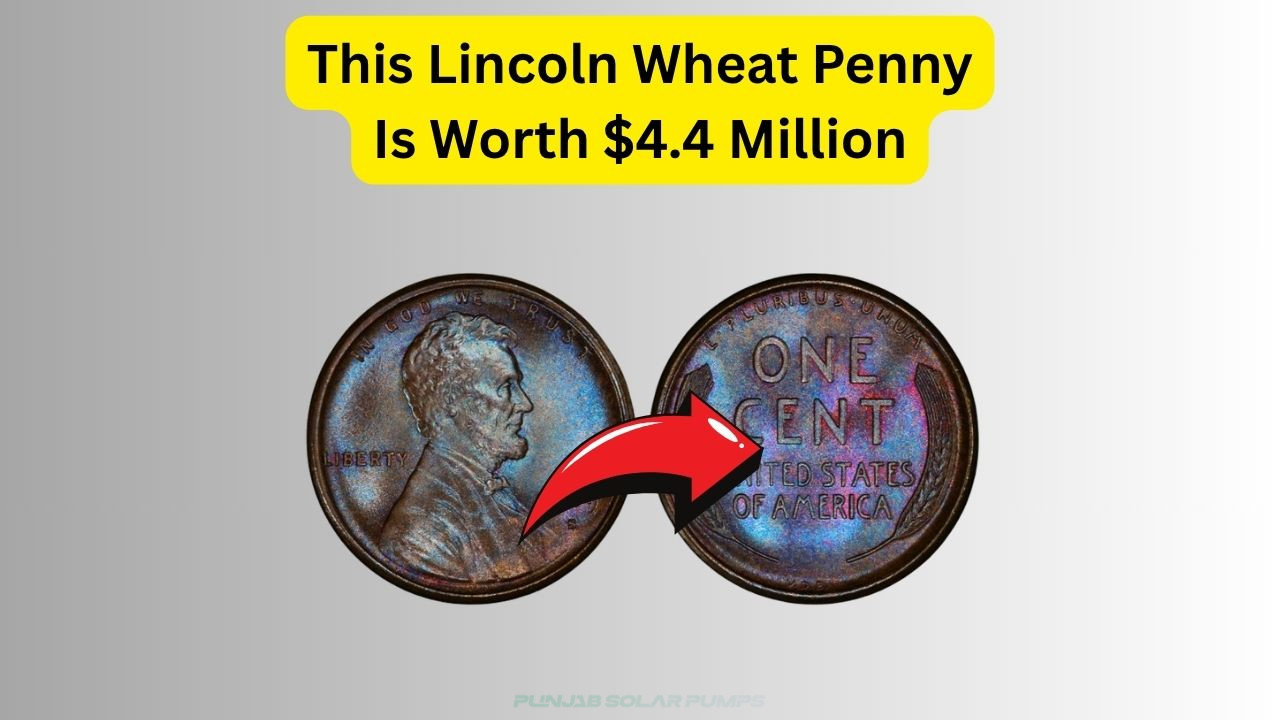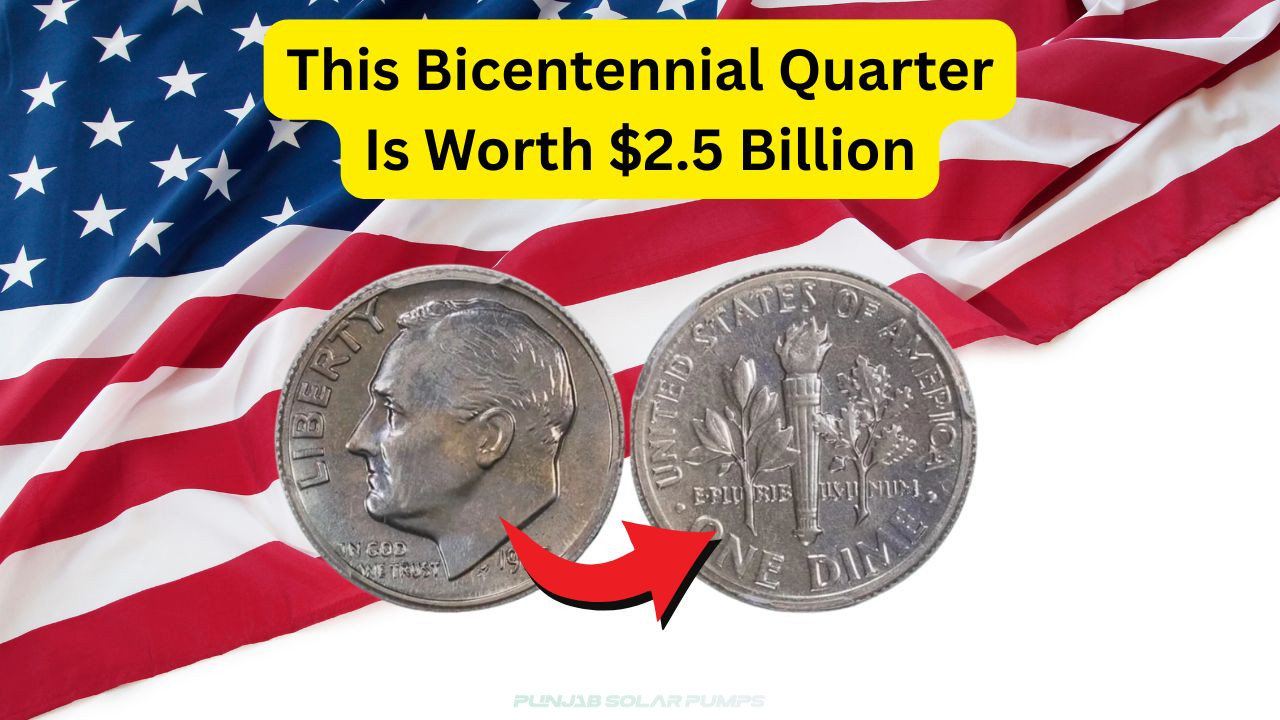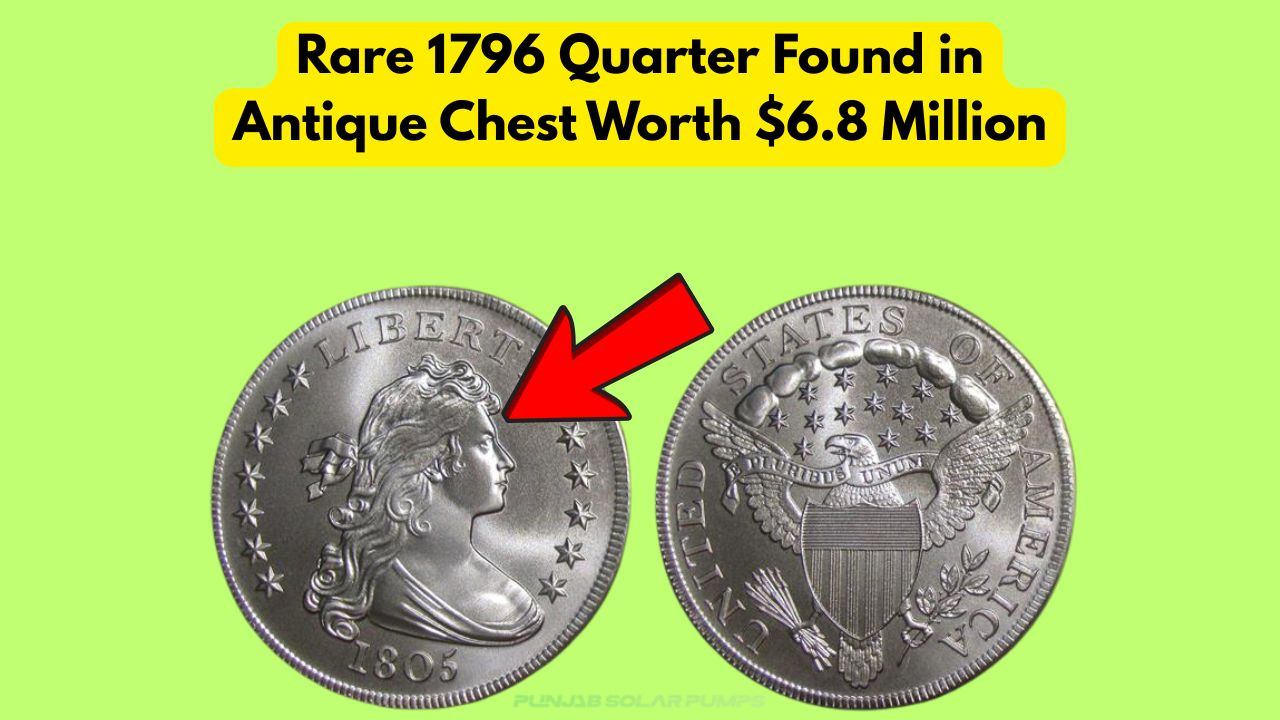Lincoln Wheat Penny Value
Discovering the Value of the Lincoln Wheat Penny
Lincoln Wheat Penny: Ever wondered if that old penny in your pocket could be worth a small fortune? The Lincoln Wheat Penny, minted between 1909 and 1958, is one such coin that has intrigued collectors and enthusiasts. Its historical significance and rarity in some years make it a centerpiece in the world of numismatics. Understanding the unique factors that contribute to its value can turn a seemingly ordinary coin into a $224,000 treasure.
Key Factors Affecting Value
- Mint Year
- Mint Mark
- Condition
- Rarity
- Historical Significance
- Market Demand
- Special Features
- Errors and Variations
Year and Mint Marks of Interest
The year and mint mark of a Lincoln Wheat Penny play a significant role in its valuation. Certain years, such as 1909 and 1943, are particularly sought after due to production quirks and historical context. The 1909-S V.D.B. penny, for instance, is famous for its low mintage and designer initials, making it a prized possession. Similarly, during World War II, pennies were made from steel rather than copper, creating unique collectible coins. The mint mark, indicating where the coin was produced, further adds to its allure, with coins from the San Francisco Mint often being more desirable due to their limited numbers.
| Year | Mint Mark | Material | Notable Feature | Value Range | Condition | Estimated Population | Collector Interest |
|---|---|---|---|---|---|---|---|
| 1909 | S | Copper | V.D.B. | $500 – $224,000 | MS65 | 484,000 | High |
| 1943 | D | Steel | None | $0.10 – $10,000 | MS63 | 85,000,000 | Moderate |
| 1914 | D | Copper | None | $200 – $5,000 | VF20 | 1,193,000 | High |
| 1922 | Plain | Copper | No D | $400 – $20,000 | VG8 | Unknown | Very High |
| 1944 | P | Steel | Error | $75,000 – $110,000 | AU50 | 20 | Extreme |
| 1955 | P | Copper | Double Die | $1,000 – $125,000 | EF40 | 20,000 | High |
| 1931 | S | Copper | None | $100 – $1,500 | VF25 | 866,000 | Moderate |
| 1926 | S | Copper | None | $30 – $300 | F12 | 4,550,000 | Low |
Identifying a Valuable Lincoln Wheat Penny in Your Collection
Examining the Lincoln Wheat Penny in your collection requires a keen eye and a little bit of knowledge. First, inspect the year and mint mark, usually located on the obverse side, below the date. Use a magnifying glass to spot any peculiarities, such as doubling of letters and numbers or off-center strikes. These errors can dramatically increase a penny’s value. Also, note the color and luster of the coin, as well-preserved copper coins stand out with their reddish hue, indicating minimal exposure to air and maintaining their original condition.
Common Errors and Variations
- Double Die
- Off-Center Strikes
- Clipped Planchet
- Repunched Mint Marks
- Missing Letters
- Die Cracks
- Laminate Peels
Assessing Coin Condition and Grading
Coin grading is an essential aspect of determining the value of your Lincoln Wheat Penny. Grades range from Poor (P-1) to Mint State (MS-70), with higher grades indicating better preservation and greater value. Professional grading services offer a reliable assessment, but you can start by comparing your coin to reference materials. Look for wear on Lincoln’s cheek and jawline, as well as the wheat stalks on the reverse. A coin with sharp details and minimal wear is likely to be higher in grade and therefore more valuable.
Top Tips for Collectors
- Store coins in a dry, temperature-controlled environment to prevent corrosion.
- Avoid cleaning coins, as this can reduce their value.
- Invest in a high-quality magnifying glass and coin reference book.
- Attend coin shows and join collector groups for networking.
- Keep an inventory of your collection with detailed notes on condition and value.
Exploring the Market for Lincoln Wheat Pennies
The market for Lincoln Wheat Pennies can be both exciting and complex. Understanding market trends and demand can help you make informed decisions when buying or selling. Online auctions, coin dealer shops, and collector conventions are excellent resources for finding rare pennies and learning about current market values. Networking with other collectors can provide valuable insights and foster long-term relationships that enhance your numismatic journey.
Key Market Trends
- High demand for error coins
- Increasing interest in historical pieces
- Fluctuating prices based on material costs
- Growing online auction platforms
- Emergence of virtual coin shows
Investing in Lincoln Wheat Pennies
Investing in Lincoln Wheat Pennies can be a rewarding hobby and a profitable venture. Coins with historical significance, limited mintage years, and unique errors often see a steady appreciation in value. As with any investment, research is crucial. Stay informed about grading standards, market prices, and counterfeit detection to safeguard your investment. Diversifying your collection with coins from various years and mints can also spread risk and increase potential returns.
Strategies for Smart Investment
- Focus on rare mint years and error coins.
- Seek professional grading for valuable pieces.
- Monitor market trends for opportune buying moments.
- Network with seasoned collectors for insights.
- Avoid impulse buys; research thoroughly.
- Consider storage options for long-term preservation.
- Explore auction platforms for potential bargains.
- Document each purchase with provenance for future reference.
Frequently Asked Questions About Lincoln Wheat Pennies
What makes a Lincoln Wheat Penny valuable?
How can I tell if I have a rare Lincoln Wheat Penny?
Is it worth professionally grading my Lincoln Wheat Penny collection?
Where can I sell my Lincoln Wheat Pennies for the best price?
Are there counterfeit Lincoln Wheat Pennies in circulation?





